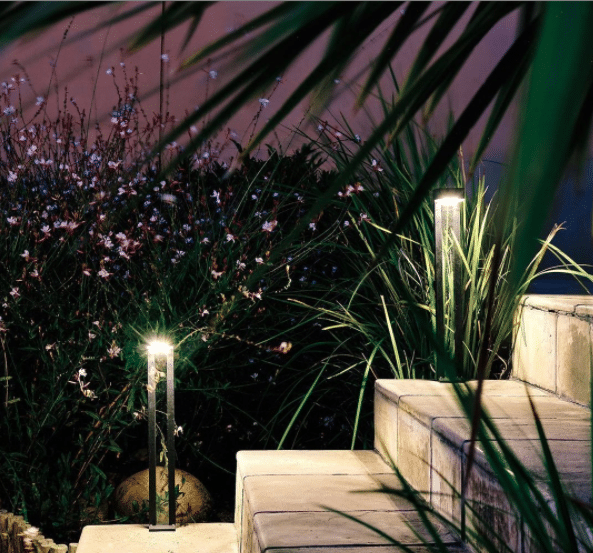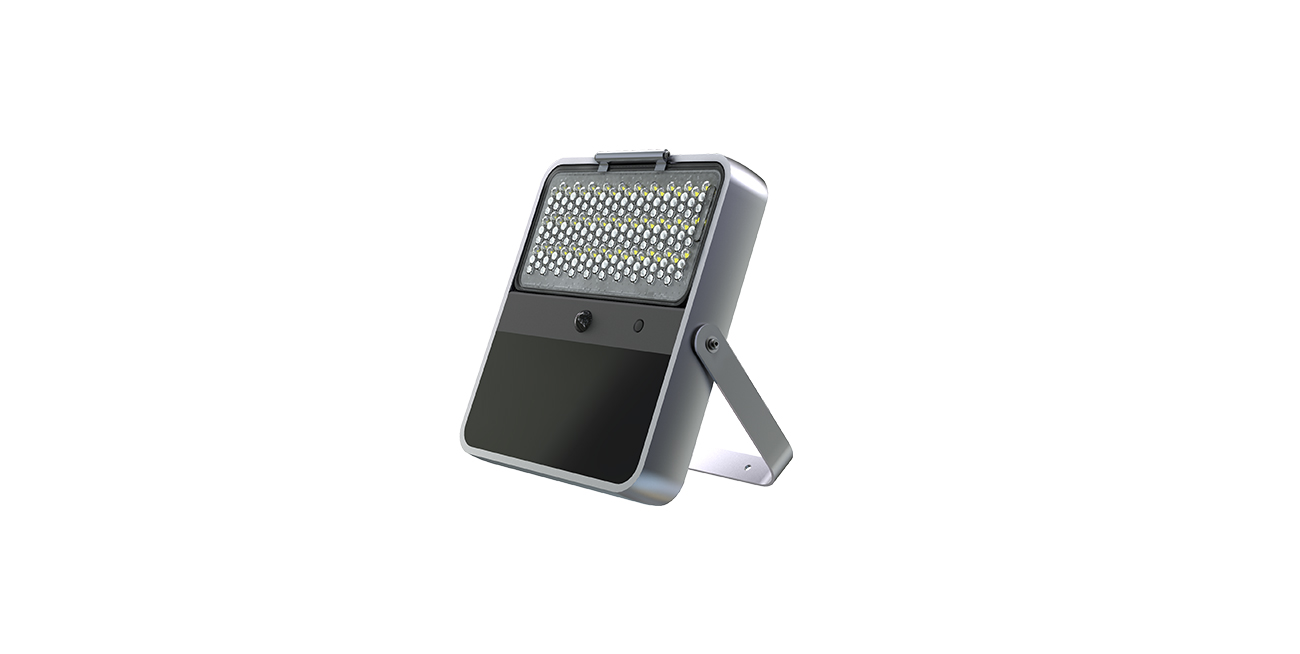Solar-powered lights have gained immense popularity in recent years. They not only reduce electricity bills but also help in reducing carbon footprint. Solar outside lights with sensors are an excellent addition to outdoor lighting as they are efficient, easy to install, and work well even without electricity. In this article, we will discuss the benefits of solar outside lights with sensors and how they work.
Benefits of Solar Outside Lights with Sensor:
Energy-Efficient: Solar outside lights with sensors use solar energy to power themselves, which is renewable and free. They convert sunlight into electricity during the day, which is stored in their batteries and used to light up your outdoors at night. By using solar outside lights with sensors, you can save a significant amount of money on your electricity bills.
Eco-Friendly: Solar outside lights with sensors are eco-friendly as they do not emit any harmful gases or pollutants. They help in reducing carbon footprint and promoting sustainable living.
Easy to Install: Solar outside lights with sensors are easy to install and require no electrical wiring. You can simply mount them on walls, fences, or poles and they will start working as soon as they receive sunlight.
Low Maintenance: Solar outside lights with sensors require minimal maintenance as they have no moving parts and are made of durable materials. Once installed, they can last for years without any need for replacement or repair.

How do Solar Outside Lights with Sensor Work?
Solar outside lights with sensors work by using a combination of solar panels, batteries, and sensors. During the day, solar panels on the lights absorb sunlight and convert it into electricity, which is stored in batteries. At night, sensors on the lights detect movement and turn on the lights. The sensors can detect movement from up to 10-15 feet away and have a wide-angle range of up to 120 degrees.
Types of Solar Outside Lights with Sensor:
There are various types of solar outside lights with sensors available in the market. Some of the common types are:
Solar Flood Lights: These lights are designed to illuminate a large area and are perfect for outdoor security purposes.

Solar Spot Lights: These lights are designed to highlight specific areas in your outdoors, such as trees, plants, or sculptures.

Solar Pathway Lights: These lights are designed to line your pathway or driveway and provide a safe and welcoming environment.

Factors to Consider when Choosing Solar Outside Lights with Sensor:
When choosing solar outside lights with sensors, you should consider the following factors:
Brightness: The brightness of the lights should be adequate to light up your outdoors. You can choose the brightness based on your preferences and requirements.
Battery Life: The battery life of the lights should be sufficient to provide light throughout the night. You can choose lights with batteries that have a longer life and can withstand extreme temperatures.
Sensor Range: The sensor range of the lights should be sufficient to detect movement in the desired area. You can choose the lights with sensors that have a longer range and wider angle.
Installation of Solar Outside Lights with Sensor:
The installation of solar outside lights with sensors is straightforward and can be done in a few simple steps:
Choose the location: Choose the location where you want to install the lights. Ensure that the location receives ample sunlight during the day. Mount the lights: Mount the lights using screws or adhesive as per the manufacturer’s instructions. Ensure that the lights are securely fixed to prevent them from falling or getting damaged.
Test the lights: Once the lights are installed, test them to ensure that they are working correctly. You can cover the solar panel to simulate darkness and check if the lights turn on automatically when they detect movement.
Maintenance of Solar Outside Lights with Sensor:
Solar outside lights with sensors require minimal maintenance, but some simple steps can help in prolonging their lifespan and ensuring that they function correctly:
Clean the solar panel: The solar panel should be cleaned regularly to remove any dust, dirt, or debris that may hinder its ability to absorb sunlight. Use a soft cloth or a brush to gently clean the solar panel.
Replace the batteries: If the batteries are not holding a charge or are not providing sufficient power to the lights, they should be replaced. You can buy replacement batteries from the manufacturer or any hardware store.
Check the sensors: The sensors should be checked regularly to ensure that they are working correctly. Remove any obstructions or debris that may interfere with the sensor’s ability to detect movement.

FAQs:
Q: Can solar outside lights with sensors work in cloudy weather?
A: Yes, solar outside lights with sensors can work in cloudy weather, but their performance may be reduced as they may not receive sufficient sunlight to charge the batteries fully.
Q: Do solar outside lights with sensors require any electrical wiring?
A: No, solar outside lights with sensors do not require any electrical wiring, as they work on solar energy.
Q: How long do solar outside lights with sensors last?
A: Solar outside lights with sensors can last for years if maintained properly and used as per the manufacturer’s instructions.
Conclusion:
Solar outside lights with sensors are an eco-friendly and efficient way to light up your outdoors. They are easy to install, require minimal maintenance, and work well even in the absence of electricity. By choosing the right type of lights and considering the factors mentioned above, you can enhance the beauty of your outdoors while also promoting sustainable living. Invest in solar outside lights with sensors today and illuminate your outdoors efficiently.
If you would like to know more about solar outdoor lights, please feel free to consult our sales manager, who will provide you with more professional solar light solutions.
Table of Contents